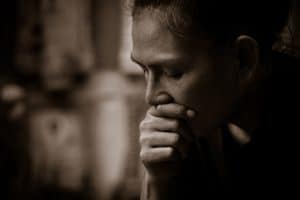 Conversations about occupational health and safety (ohs) occur very rarely unless you are an educator who talks about this stuff every day. We manage health and safety and advise on it but rarely get a chance just to talk about safety with peers. This is where documents like the recent transcripts of Australia’s Senate inquiry into industrial deaths can be helpful. For instance Andrea Madeley said this on August 29 2018 in Adelaide:
Conversations about occupational health and safety (ohs) occur very rarely unless you are an educator who talks about this stuff every day. We manage health and safety and advise on it but rarely get a chance just to talk about safety with peers. This is where documents like the recent transcripts of Australia’s Senate inquiry into industrial deaths can be helpful. For instance Andrea Madeley said this on August 29 2018 in Adelaide:
“I do not think that the Robens model of work health and safety was ever based on anything beyond encouragement. It was a model designed to lift and encourage employers, not to enforce laws, and we see that today, still. The guiding principles, even today, on enforcing work health and safety laws really are more about encouraging and educating. I don’t have a problem with that as long as we’re not treating the people that are suffering in the process like outcasts. Their loss is virtually ignored unless you happen to be a financial dependant.”
Given that it occurred almost fifty years ago, it is easy to forget the times in which Lord Robens issued his report into the management of workplace health and safety. It was controversial in its day and the Australian iterations of his OHS principles were similarly opposed when they were introduced in the 1980s.
